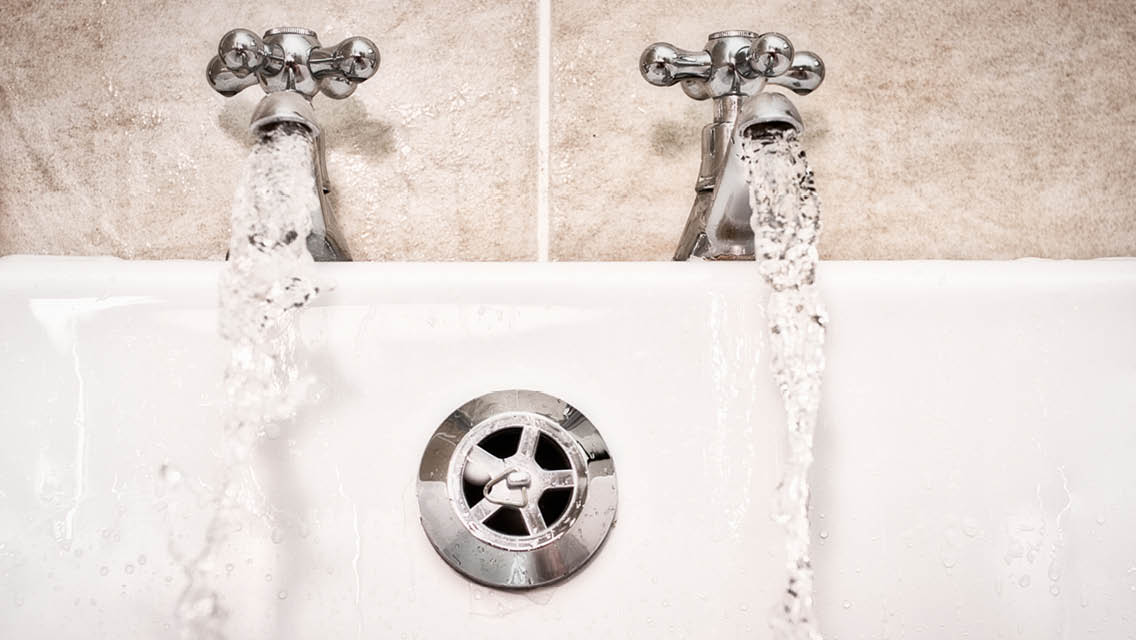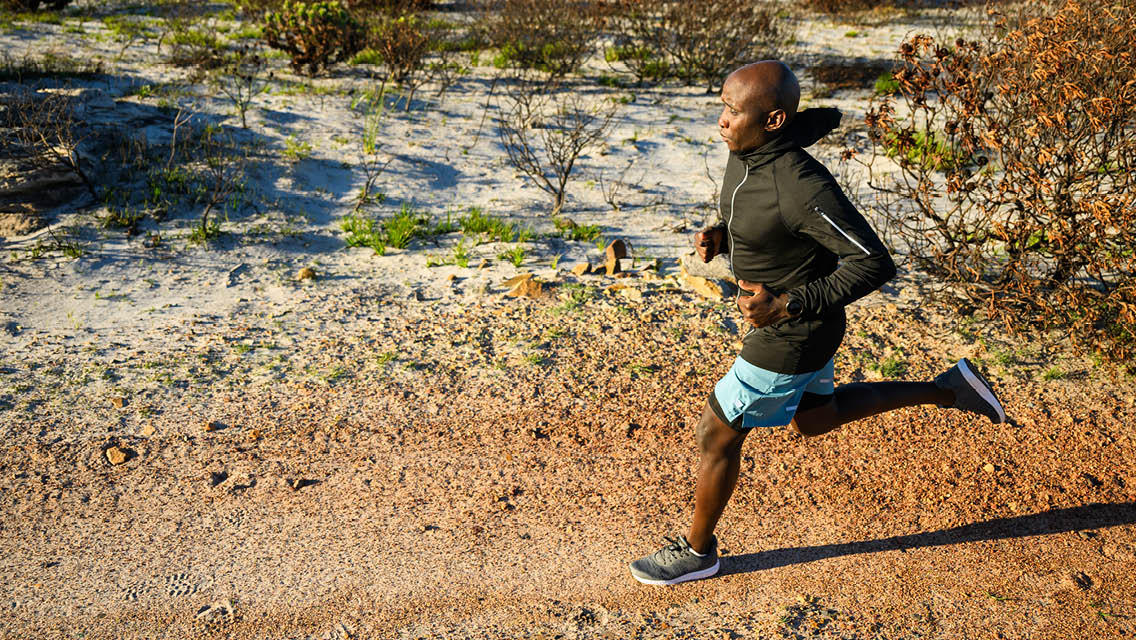Explore this article: Infrared Sauna ⋅ Cryotherapy ⋅ Contrast Water Therapy
Recovery has practically become a sport of its own as athletes and exercisers of all calibers seek to get back in the game faster after workouts. And recovery methods that expose your body to extreme heat or cold — or both — are hot stuff.
“Any time you’re talking about recovery, you’re looking at how fast you can repair tissue damage caused by exercise,” says Reza Alizadeh, DC, founder of LifeClinic Chiropractic and Rehabilitation. “Recovery is about how fast we can clean up the byproducts of cellular activity so the body can be ready for more. Exposure to heat and cold can help achieve that.”
Infrared saunas, cryotherapy, and hot–cold contrast baths are three pre- and postexercise interventions now offered at many health clubs, spas, and rehab centers.
While research into these therapies is still limited, athletes and experts alike consider them solid supplements to foundational recovery habits — including sufficient nutrition, sleep, and stress management as well as active-recovery workouts, bodywork, and self-myofascial release.
“You can take all the ice baths you want and you’re not going to recover well if you don’t have these other elements in place,” notes Alizadeh.
With a base of good habits around exercise and recovery, one or more of these supplemental options may be a great fit. Our experts shed some light on these techniques to help you figure out which is right for you.
1) Infrared Sauna
A traditional sauna heats the air, which then heats your body; an infrared sauna emits far-infrared light to heat the body from within. These rays penetrate deep through the skin and are absorbed at a cellular level. Photo receptors on your mitochondria capture the photons of infrared light and stimulate mitochondrial activity. Heat-shock proteins (HSPs) are induced, which have been shown to help protect cells from damage and maintain muscle mass.
A 2015 study of 10 male power athletes found that far-infrared heat improved recovery of neuromuscular performance, yet other evidence to support this claim is limited.
In general, research has shown that an infrared sauna can lower your blood pressure and reduce oxidative stress in the body. “What it does is stimulate heat-shock proteins that protect cells from damage. The damage starts during exercise and proliferates after exercise. It takes time for the HSPs to be activated, so to be protective they need to be activated prior to exercise, and the day before works well,” says Malachy McHugh, PhD, director of research at the Nicholas Institute of Sports Medicine and Athletic Trauma at New York City’s Lenox Hill Hospital.
If you’re going to use an infrared sauna as part of your fitness routine, do so the day before a workout.
Because some users might experience negative side effects (related to an initial deficit in mitochondria), Alizadeh recommends trying an infrared sauna in low doses and seeing how you feel afterward. Start with five minutes and then build up to 20 minutes, he advises, and always consult your physician if you have any doubts or questions.
2) Cryotherapy
Cryotherapy, or cold therapy, includes all applications of cold temperatures for therapeutic purposes, including ice or cold-pack application and ice baths. This also encompasses whole-body cryotherapy (WBC), which involves standing for two to three minutes in a can-like chamber of -110 to -180 degrees F cold, dry air.
There’s also phase-change material (PCM) cooling, which uses cold packs that hold their temperature inside compression shorts.
Exposing the body to cold temperatures causes capillaries to constrict; blood flow in the area decreases, reducing inflammation. Sufficient cold exposure also reduces the temperature within a muscle, which causes a decrease in cellular metabolic activity, preventing damage to cells.
WBC has not been shown to be more effective than cold-water immersion, and some experts question whether it’s worth the hype. On the other hand, research has shown PCM cooling to be particularly beneficial in accelerating recovery. “The reason we think it works is that we have massively increased the dose,” says McHugh, who has coauthored studies on this topic.
Cryotherapy is most useful immediately after a hard workout and is intended “for people who don’t have adequate time to recover between exercise bouts,” he adds. This includes athletes who need to be ready to perform again in quick succession and don’t want to be waylaid by soreness and stiffness.
Both Alizadeh and McHugh caution against regularly using cryotherapy to recover from strength training, as it can block signaling that produces human growth hormone and limit strength gains.
It doesn’t hurt to try cryotherapy and see if you like it as an occasional part of your routine to help you feel good, relaxed, and restored. “A significant element of whether something like this is going to work also can be psychological, which is super powerful,” says Alizadeh. “I think it’s great to give yourself a chance to experience it and see how you do.” (For more on the benefits of cold conditioning, see “The Health Benefits of Cold Conditioning“.)
3) Contrast Water Therapy
Like cryotherapy, contrast water therapy relies on extreme temperatures to stimulate a response in your circulatory system. In this case, you immerse your body in hot water first, then immediately plunge into an icy bath. The initial heat causes your blood vessels to open up, a process known as vasodilation. The subsequent cold causes the blood vessels to constrict.
Alternating from hot to cold creates a pumping motion through the blood vessels, which proponents believe can aid recovery and relieve injury symptoms.
A similar process occurs when a person jumps into an ice bath after sitting in a sauna, a popular practice that has its roots in Nordic cultures. In this case, you typically spend a longer time in the sauna (20 minutes or so) and then take a quick cold bath or shower, repeating the process as desired.
Using extreme temperatures to elicit a beneficial response from the body is an example of a concept called hormesis, explains Alizadeh. “If we do a little damage, we tease biological catastrophe, and in response the body tries to go back to homeostasis. At this resilience threshold, your body is stimulated to grow cellular energy generators, which are mitochondria. Optimization of mitochondria can generate more fuel readily available for the body to do its tasks and repairs.”
Some studies have shown that contrast water therapy can help reduce the force loss (the reduced ability of the muscles to generate force) and swelling that occur after exercise. (Studies have not shown that sauna use paired with cold-water immersion is effective for recovery.)
Though studies haven’t provided conclusive evidence, many athletes report feeling better after combining hot and cold therapies, and people have been partaking in hot–cold therapy for thousands of years.
“If you have access to a recovery modality like this, it’s definitely a great part of self-care,” says Alizadeh.
This article originally appeared as “Hot & Cold” in the November 2021 issue of Experience Life.





This Post Has 0 Comments